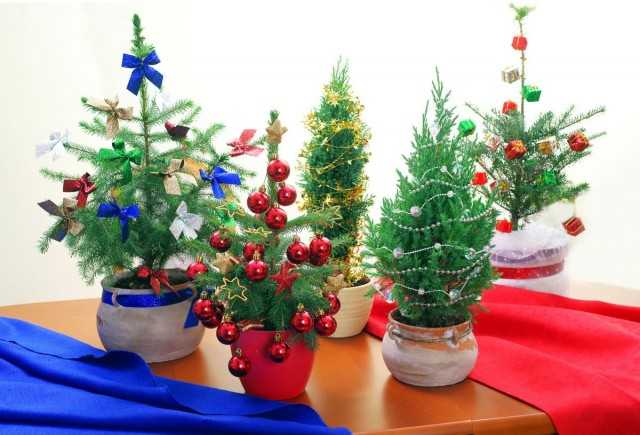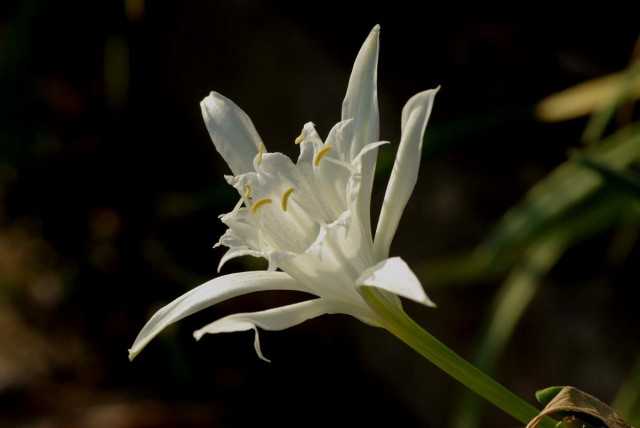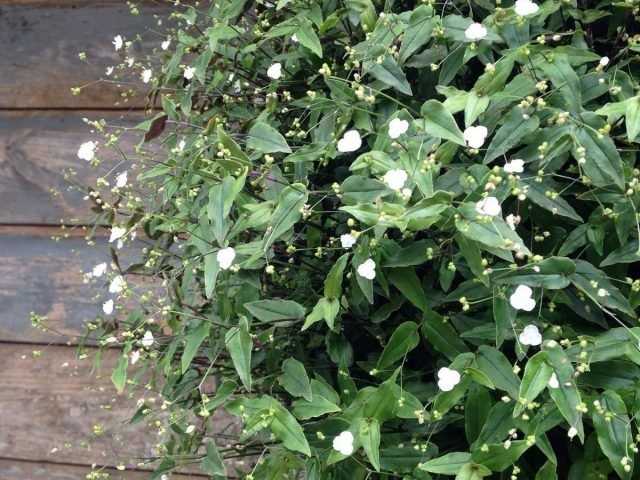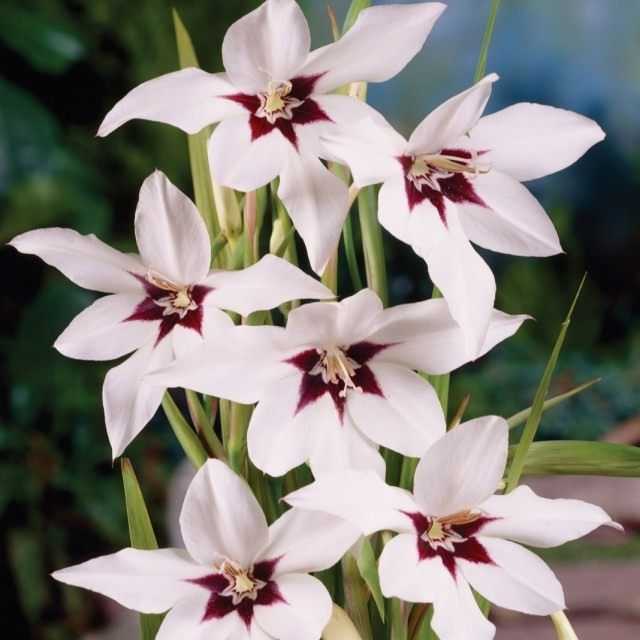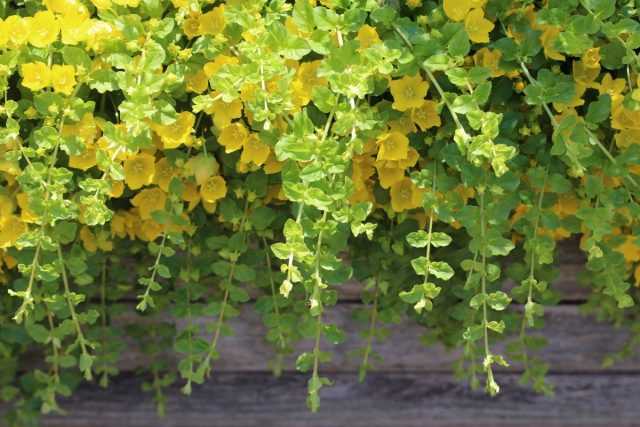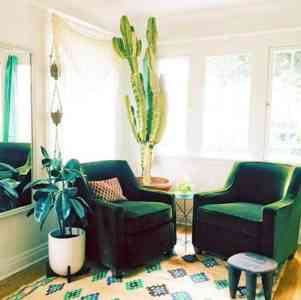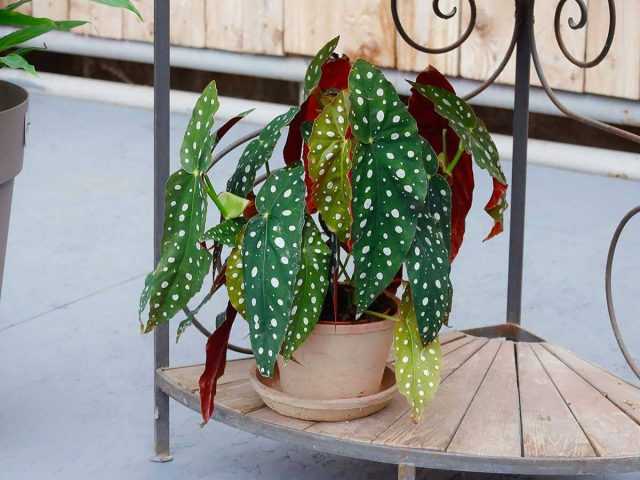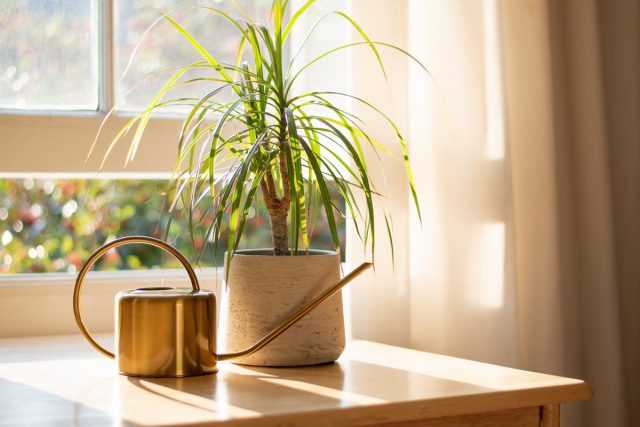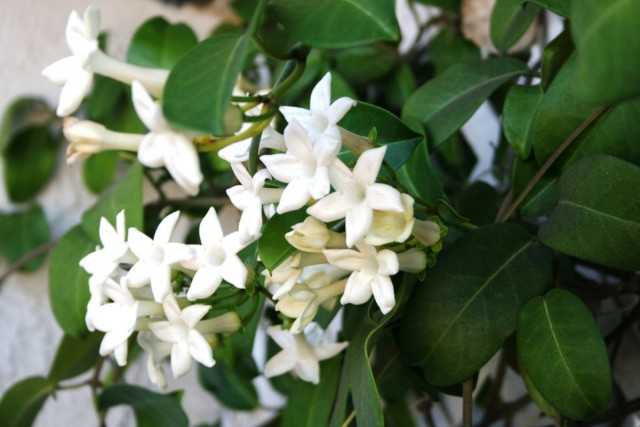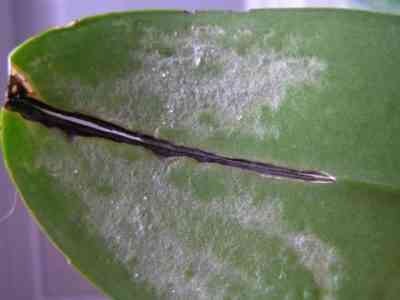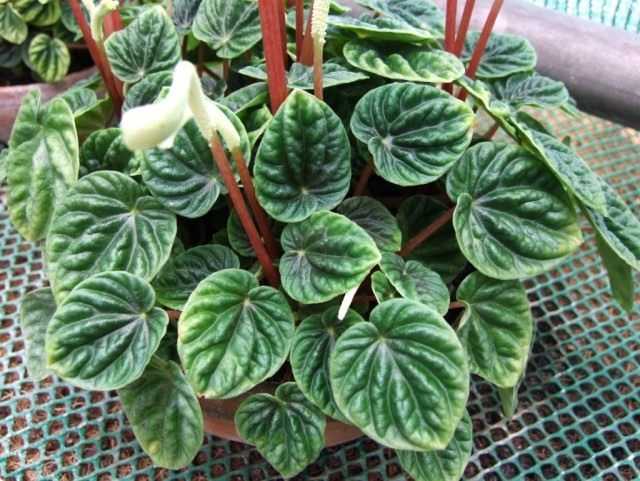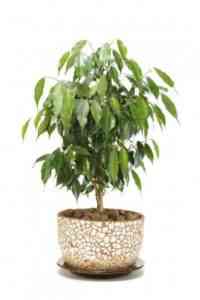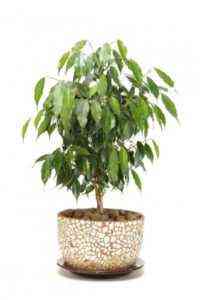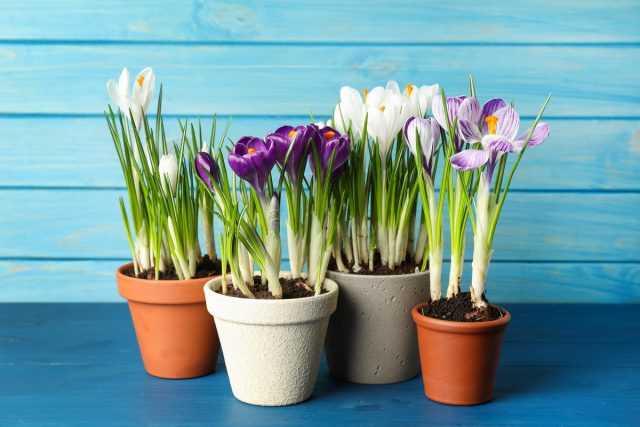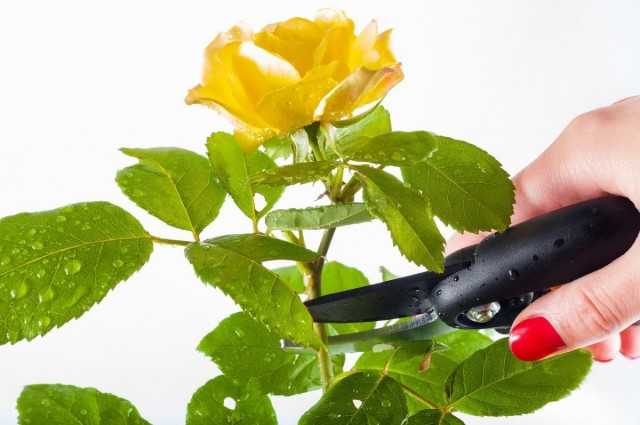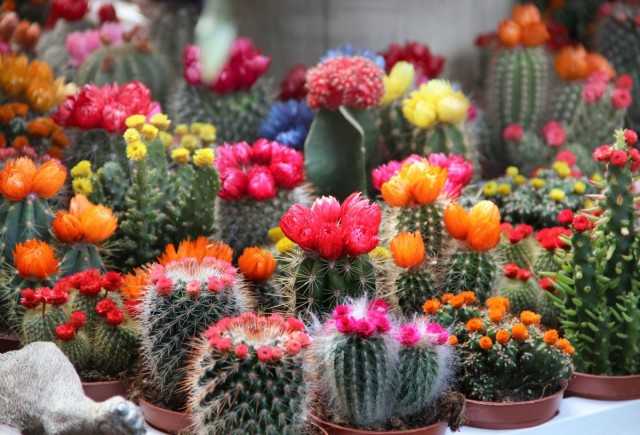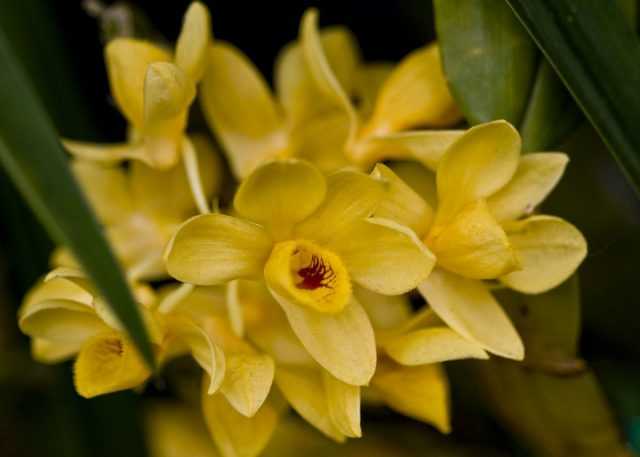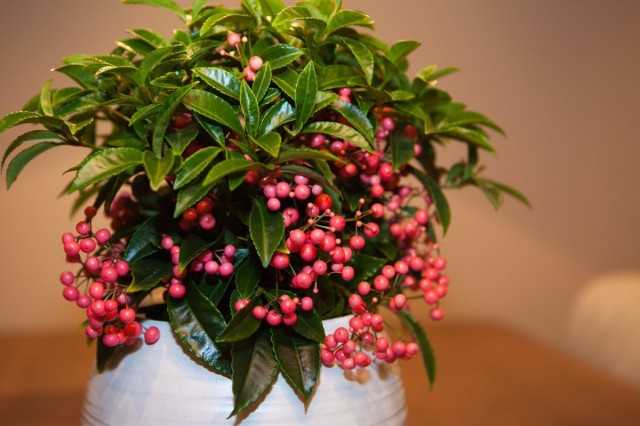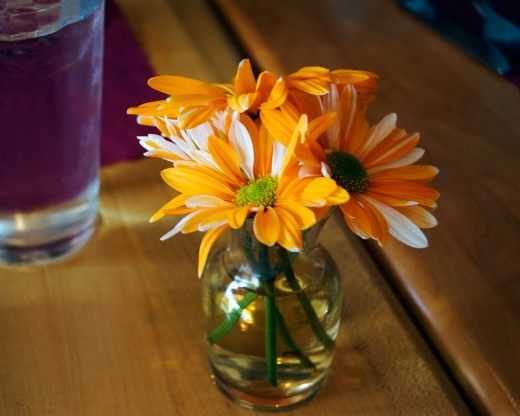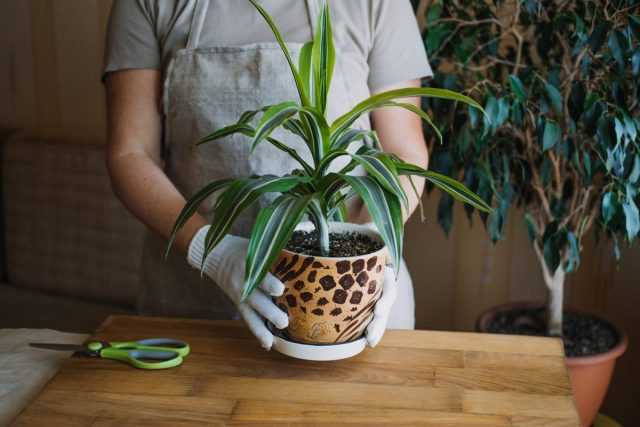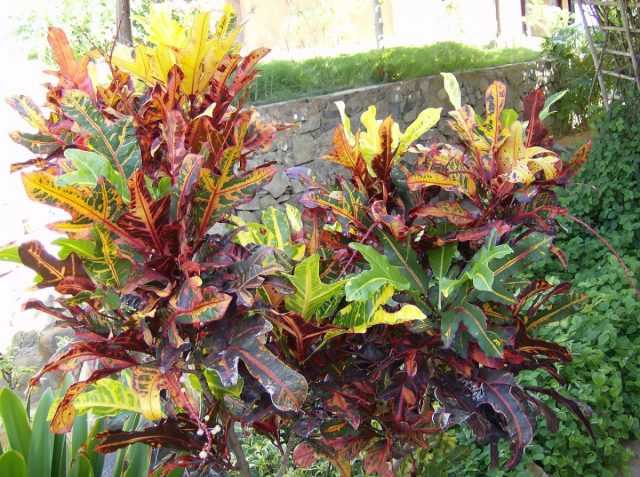Asplenium conquers with its solid wavy leaves in very lush bushes. Its rich, dazzling greenery completely transforms rooms and offices, creating a unique atmosphere in the work area. Despite its difficult nature, it is one of the most reliable types of indoor ferns. Asplenium is content with regular grooming and forgives small mistakes. The main thing is to create really comfortable wet conditions for him.
Asplenium – effective and unpretentious in suitable conditions
Contents:
Description of the plant
Representatives of the genus Asplenium are scattered across all inhabited continents and are popular both as garden plants and as indoor plants with very dense rosettes of leaves. Popular name “Bone” or english “bird’s Nest” popular not less than the official name. Despite some differences in the leaves, aspleniums are always easily recognizable by their bright greenery.
Aspleniums are evergreen, durable, and strikingly compact indoor ferns. Superficial, creeping, powerful rhizomes allow them to grow in dense groups. The leaves grow in a kind of funnel-shaped rosette (or nest), creating a bowl of densely arranged leaves. Asplenium leaves do not exceed 70 cm in length, most varieties are from 30 to 50 cm in height. Aspleniums do not grow very quickly, but almost without stopping, they retain decorativeness in the right conditions for decades.
The xiphoid-lanceolate frond of Aspleniums is unusually tough, almost leathery, with a wavy surface that often resembles the bends of tissue. Leaves grow almost straight, bending only when they reach their maximum length and, mainly, along the edges of the bushes. The prominent brown midrib appears unusually prominent, and the rich greenery always stands out from other plants.
In most aspleniums, the leaves are not pinnate-separate laced, but whole and wavy, with jagged edges. Leaves are surprisingly fragile in the first few weeks of growth, and then they don’t like to be touched. But most of all, the leaves surprise with their brilliance, unexpected for ferns. Spores are arranged in a kind of “dashes” along the veins on the underside of the leaf, creating the effect of a strict pattern. It is for the pattern of sporangia that they like to call this fern “centipede”.
Types of indoor aspleniums
The most unpretentious and popular type – bone nest (Asplenium nidus), forming dense, elegant bushes of wavy whole leaves sticking upward. This asplenium has many varieties that differ in size, shades of leaves and growth rate. The comb “Kristata” and scalloped “Crispa” are especially popular.
Slightly more capricious and moisture-loving “greenhouse” species:
- asplenium bulbous (Asplenium bulbiferum) – viviparous fern with thrice-pinnate leaves, on which brood buds germinate;
- Asplenium ancient (Begonia old) with wider leaves (up to 90 cm);
- known as deer leaf, or deer tongue, asplenium centipede (Asplenium scolopendrium) with its long, even, solid dark leaves in even denser bushes.


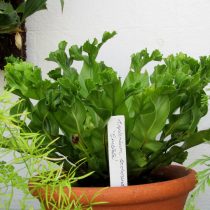
Growing conditions for indoor asplenium
Aspleniums absolutely cannot stand the direct sun and, in too bright light, weaken and wither before our eyes. They need a secluded, diffused lighting, ideally – a place not on the windowsills, but in the interior (distance of 2,5-3,5 m). If you plan to decorate windows with fern, then the only acceptable option is north orientation. Many Aspleniums grow well in light shade. Unfortunately, the plant does not tolerate artificial lighting, the lighting should only be natural.
Throughout the year, aspleniums will prefer to grow at temperatures from 18 to 24 degrees (the minimum for nesting asplenium is 16 degrees), only ancient asplenium and other hygrophilous species will prefer to winter in coolness from 12 to 15 degrees. You need to focus not on daytime, but on nighttime temperatures, especially in winter. The heat affects the attractiveness of the leaves, requires an increase in air humidity, so the more stable the conditions, the better.
Asplenium does not like sharp fluctuations in conditions, drafts, change of place, unnecessary contacts, it is better to protect it from any stress.
Read also our article 8 of the most spectacular indoor ferns.
Asplenium care at home
This is not the most capricious of the ferns, but it is only suitable for those who are ready to maintain high air humidity and constant soil moisture.
Watering and air humidity
The love of high and stable soil moisture does not mean that Aspleniums tolerate stagnant water well. Only the top of the substrate can dry out between waterings, but the water in the trays should not stagnate. It is convenient to water aspleniums by immersion until the earthen clod is saturated with water, followed by draining off excess. Classic watering is also fine, but it is better to water the aspleniums on top more often, but less abundantly. Estimated frequency of watering: 2-3 times a week – in summer, 2 times – in spring and autumn, and 1 time – in winter.
For a plant, you need to carefully choose water – soft, long-standing or thawed, rain, filtered, room temperature.
The higher the humidity, the better. But spraying for asplenium is permissible only in summer – carefully, without flooding the outlet, with foggy sprayers. Comfortable indicators of 60% for nesting asplenium and from 70% for other species are easier to maintain using humidifiers (even simple pallets with wet moss are suitable). Aspleniums grow well in bathrooms and conservatories, where high humidity is natural.
Asplenium does not like touching the leaves, it is cleaned of dust with the help of a delicate warm shower with the protection of the center of the bush (tilted to drain water).

Top dressing and composition of fertilizers
For asplenium, complete, balanced fertilizers for indoor plants or special fertilizers for ferns with a special balance of trace elements are used. You cannot overdo it with feeding: 1 feeding per month is enough. From November to March, feeding is not stopped, but only reduced to 1 time in 6 weeks (with half the dose).
Trimming and shaping asplenium
Damaged leaves are cut to the base. For renewal and thickening, you can selectively cut out the oldest and largest leaves. With a strong loss of decorativeness of old plants, sometimes cutting of all leaves is used to “start” the growth of new greenery.
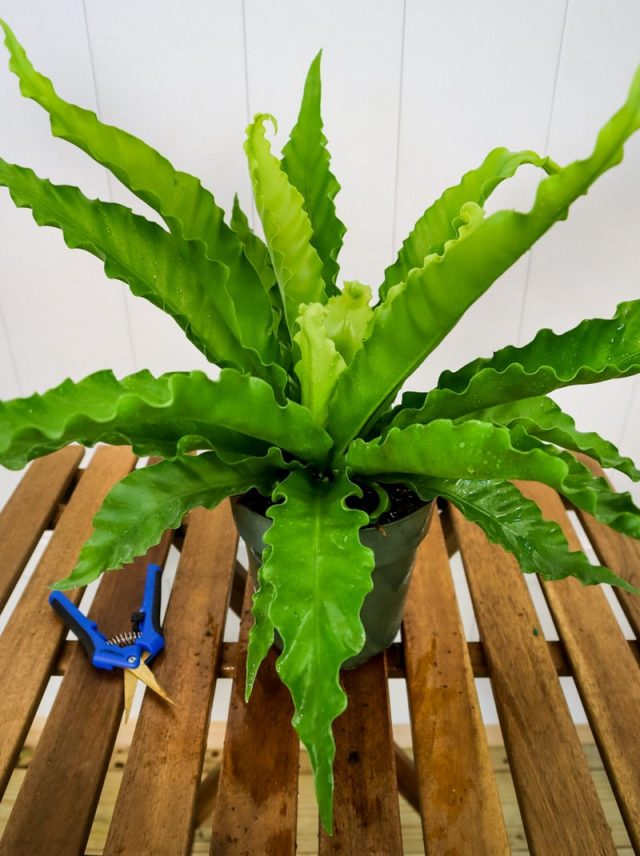
Transplant, containers and substrate
Aspleniums are epiphytes that can be grown not in pots, but on snags and branches, in hanging compositions, in florariums and terrariums.
The fern is best replanted annually, before new leaves begin to grow (to avoid injury and touch), in January or February.
For asplenium, it is necessary to select a special weakly acidic and humus soil mixture (pH 5,0-6,0). The best option is a special substrate for ferns, or at least a multi-component mixture for orchids, but nutritious, loose, rough soil with an equal content of leafy, turfy soil and peat with a small amount of sand is also suitable. The addition of sphagnum, coconut fiber or at least perlite is required.
For this fern, shallow, but wide enough containers are more suitable. When transplanting, you need to lay a high drainage layer (from 3 to 5 cm). The fern is carefully rolled over, trying not to injure the leaves. The substrate should not be tamped, adding as it shrinks. Aspleniums love mulching (for example, with bark or sphagnum).
After transplantation, asplenium should be kept in high humidity, in soft light. The fern is watered carefully, without waterlogging.
Read also our article Openwork maidenhair – a popular indoor fern.
Diseases, pests and growing problems
With improper care, in a dirty and neglected state, Asplenium loses its enviable stability and can be affected by scabies, spider mites, and thrips. It is possible to detect pests not only externally, but also by the rapid browning and drying of the wai. To combat insects, it is necessary to combine an increase in air humidity and treatment with insecticides (for example, “Aktellikom”).
Drying of leaves, the appearance of brown spots always indicates problems with watering. Loss of turgor or leaf deformation is a signal of too low temperatures, and paleness and burns are a sign of too intense lighting.

Reproduction of asplenium
Growing asplenium on your own “from scratch” is not an easy task. Sowing a spore requires patience and careful grooming. They are sown in spring, superficially, on wet soil, under glass, maintaining a stable substrate temperature of 20-22 degrees for several months.
Also, for reproduction of asplenium, brood buds with a piece of leaf are separated, rooting them in constantly moist soil, like cuttings.
But usually these ferns are simply divided when growing into groups, separating large parts with strong roots and rosettes.
